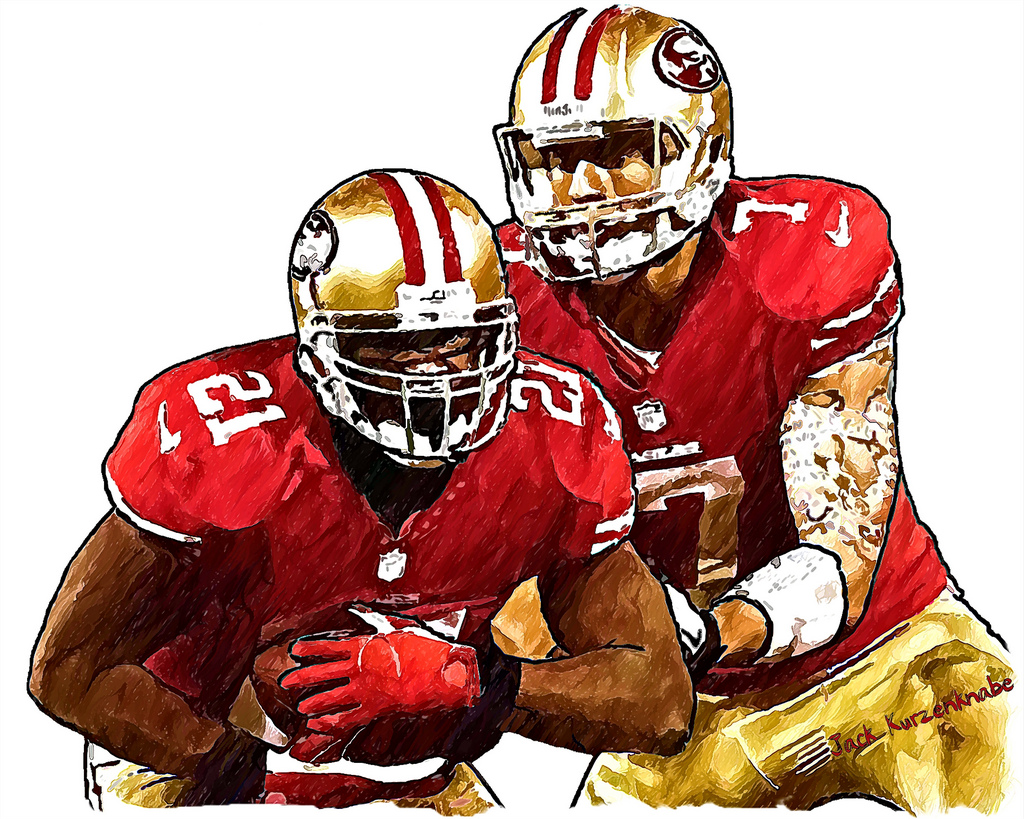Editor’s Note: Camille Lemke is a member of SAAC.
CAMILLE LEMKE; Sports Writer: lemkecr@plu.edu
Twice a month, representatives of the Pacific Lutheran University Student-Athlete Advisory Committee (SAAC) meet to continue their conversations and ongoing projects in efforts to enhance the student-athlete experience on campus.
Here at PLU, “SAAC gives student-athletes a voice to share their opinions on matters within the athletic department and campus-wide that impact them,” said Associate Director of Athletics and SAAC advisor Jen Thomas.
SAAC has been in operation at PLU for about 27 years. The program started due to an NCAA initiative to implement SAAC programs on all NCAA-affiliated campuses.
For the past three decades, student-athlete voices have been heard at SAAC meetings. Thomas has watched these meetings evolve over her 11 years as SAAC advisor.
“When I began to get involved in SAAC, the group only met once a month and there were maybe 10 athletes,” said Thomas.
Today, around 50 athletes meet every other Monday night in the Columbia Center. It is not just SAAC’s numbers and impact that has grown.
Within the last three years, SAAC has been awarded a $4,000 annual budget. This money is used to fund food at meetings, campus campaigns, guest speakers, community service projects and shirts for SAAC representatives.
Aside from SAAC’s work within the athletic department and on campus, they also have an important presence in the Parkland community with their collective focus on reaching out and giving back.
Every school year, SAAC takes on several community service projects. The 2016-2017 lists include partnering with the Center for Community Engagement and Service for Winterfest and MLK Day of Service. SAAC also organized the Special Olympics Basketball Clinic, and the Coin Drive/Home Run Derby hosted by the softball team to raise money and awareness for cancer research.
SAAC is currently working with their mentor from the Diversity Center to create a scene in the hopes that it will be a part of this year’s Tunnel of Oppression. Still to come is Kid’s Camp, where SAAC hosts about 100 kids and take them through various sports stations.
For all the good that SAAC does, its members are aware of the committee’s weaknesses and areas that could use improvement. “I think an initiative that we had last year that we haven’t been as good about this year is sending teams to non-athletic events on campus. We haven’t reached out as well as we have in the past,” SAAC President Lucas Hatton said.
A critique of SAAC and its effectiveness that comes up year after year is the SAAC representative’s inability to disseminate information discussed at meetings with the rest of their teams. “There can be disconnect between SAAC reps and their teams,” said Thomas. “There are always athletes who at the end of the year say they don’t know what SAAC is. A lot of that goes back to the representatives and their responsibility to share information.”
Throughout the rest of this spring semester, new SAAC representatives will be attending meetings as the seniors from their teams phase out. This will be an important time for SAAC leadership to adjust and address some of the weaknesses that the committee possesses.


























